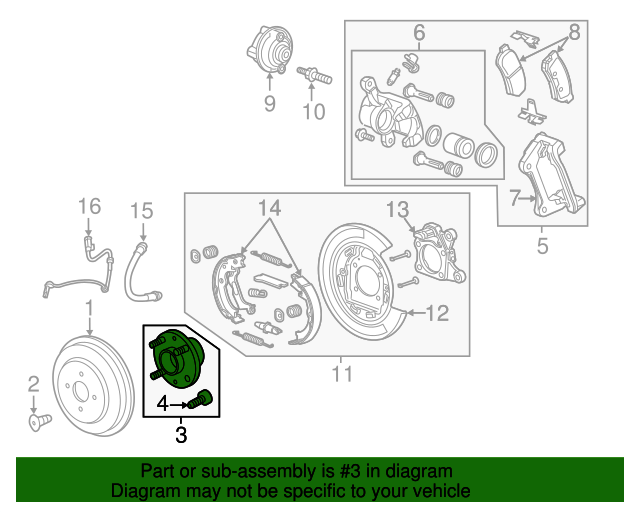I"m posting this as an update to a previous thread regarding the effects of fast charging on the perceived efficiency of the vehicle (e.g. miles/kWh).
https://www.mychevysparkev.com/thre...ging-and-efficiency-miles-kwh.9553/post-29923
I have had a similar experience every single time that i had to use a fast charger. Basically, it seemed like someone opened a faucet and the electrons just came flying out after the fast charge sessions. Currently my car shows 15.1 BattCap Est using the OBD2 reader/engine link.
I am starting to suspect that the issue might be the condition of the battery plus the stress that fast charging puts on the battery. I have not delved that deep into battery technology but it seems strange that the method of charging or rate of charge to a certain SoC should result in more or less "usable" energy from the battery. I really can't believe that i would be the only one that is experiencing these issue with fast charging.
For the most part, i have been avoiding DC Fast chargers in my planning as for my vehicle, the range i get out of it seems to be very limited. I recently had no choice to use a fast charger on my way home and the experience was not pleasant. I stopped at the Charger about 24 miles from home with 50% range left. It was 3F outside, so i did crank the heat to get the interior temps up a bit while charging. I charged to 80%, turned down/off the heat and turned off the heated seats and radio.
Here is the histogram for that trip. I went 24 miles and got home with flashing low range indication and the OBD2 SoC said i had 12.88% left. So roughly 2.4 miles/kWh for that trip based on total capacity of 15.1kWh. This is even though i only intermittently turned on the heat at 60F to keep the windows from completely freezing over.
There was no indication that the battery heat or other battery conditioning was running after this and when stationary the HV Amps showed about 1.5A, which is about normal. Batter Coolant temp was 65F and Batt Avg temp was 54F. Seems like the battery should have been happy.

The next day, temps were even lower at -2F, i had to run some errands after work, so i charged on a 110V-20A Level 1 charger at work to 92% before leaving work. Went 36 miles total finishing the trip with 25% remaining - so about 3.55 miles/kWh and 66% of the battery (SoC) utilied for the trip. I even splurged on using heat more frequently but not warm inside by any means. I also had the heated seats going.
Going from 3.5 m/kWh to 2.4 mkWh is the equivalent of losing 1/3 of the range due to fast charging.

https://www.mychevysparkev.com/thre...ging-and-efficiency-miles-kwh.9553/post-29923
I have had a similar experience every single time that i had to use a fast charger. Basically, it seemed like someone opened a faucet and the electrons just came flying out after the fast charge sessions. Currently my car shows 15.1 BattCap Est using the OBD2 reader/engine link.
I am starting to suspect that the issue might be the condition of the battery plus the stress that fast charging puts on the battery. I have not delved that deep into battery technology but it seems strange that the method of charging or rate of charge to a certain SoC should result in more or less "usable" energy from the battery. I really can't believe that i would be the only one that is experiencing these issue with fast charging.
For the most part, i have been avoiding DC Fast chargers in my planning as for my vehicle, the range i get out of it seems to be very limited. I recently had no choice to use a fast charger on my way home and the experience was not pleasant. I stopped at the Charger about 24 miles from home with 50% range left. It was 3F outside, so i did crank the heat to get the interior temps up a bit while charging. I charged to 80%, turned down/off the heat and turned off the heated seats and radio.
Here is the histogram for that trip. I went 24 miles and got home with flashing low range indication and the OBD2 SoC said i had 12.88% left. So roughly 2.4 miles/kWh for that trip based on total capacity of 15.1kWh. This is even though i only intermittently turned on the heat at 60F to keep the windows from completely freezing over.
There was no indication that the battery heat or other battery conditioning was running after this and when stationary the HV Amps showed about 1.5A, which is about normal. Batter Coolant temp was 65F and Batt Avg temp was 54F. Seems like the battery should have been happy.

The next day, temps were even lower at -2F, i had to run some errands after work, so i charged on a 110V-20A Level 1 charger at work to 92% before leaving work. Went 36 miles total finishing the trip with 25% remaining - so about 3.55 miles/kWh and 66% of the battery (SoC) utilied for the trip. I even splurged on using heat more frequently but not warm inside by any means. I also had the heated seats going.
Going from 3.5 m/kWh to 2.4 mkWh is the equivalent of losing 1/3 of the range due to fast charging.





